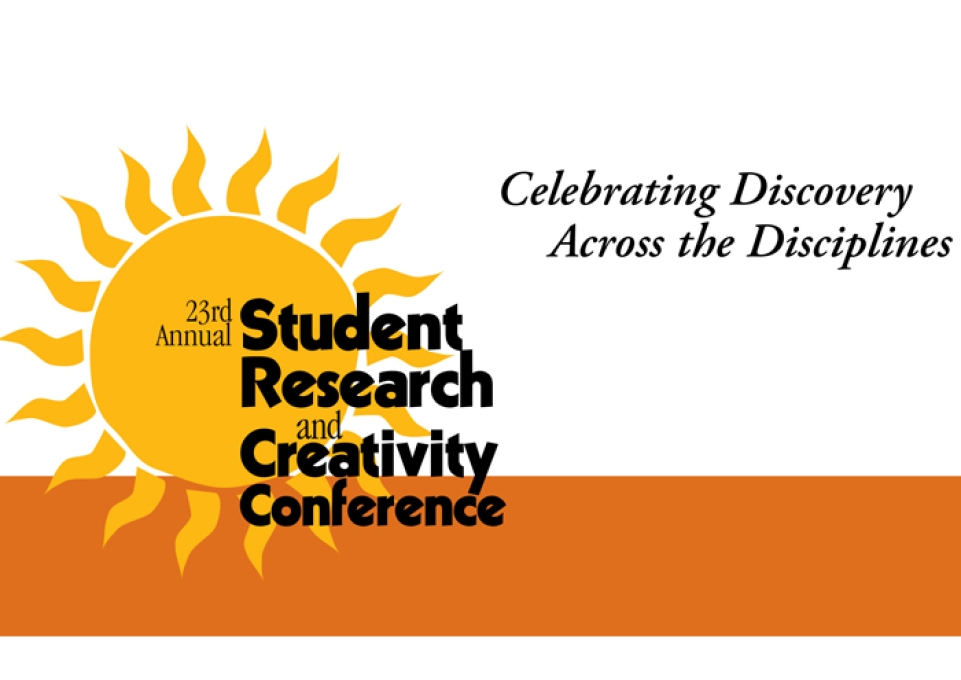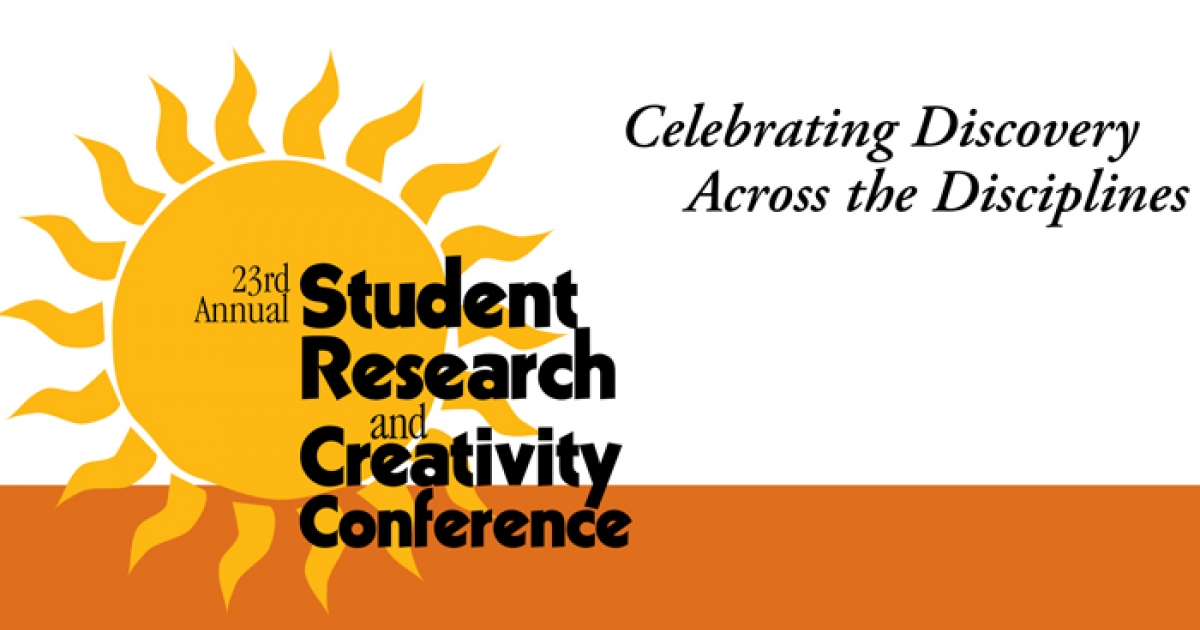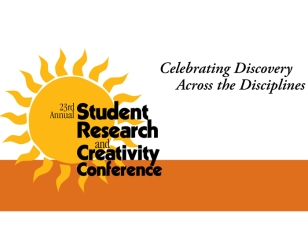
The coronavirus pandemic may have isolated students over the past year, but it certainly didn’t dampen their desire to pursue creative and challenging research projects at Buffalo State College.
Many of those projects are included in the college’s 23rd annual Student Research and Creativity Conference (SRCC), which launched on the Digital Commons platform May 10 and will remain there indefinitely.
The 2021 SRCC features almost 150 research papers, posters, oral presentations, and other applied-learning projects on topics such as “Improving Mental Health among Inmates at the Erie County Holding Center” and “Invasive Round Goby (Neogobius melanostomus) in Tributary Streams of Eastern Lake Erie.”
“Turnout was robust, considering the pandemic,” said Carolyn Guzski, Buffalo State associate professor of music and interim director of undergraduate research. “I was delighted to see how the faculty really committed as mentors and that so many students conducted these thoughtful projects during a difficult time. What I noticed this year was a preponderance of upper-division and capstone projects and a nice variety across the disciplines.”
A longtime Buffalo State tradition, the SRCC allows undergraduate and graduate students to present their preliminary and completed research and creative activities in a supportive environment across the college’s five schools. Works are divided into nine academic categories: Arts; Business, Fashion and Textile Technology, and Hospitality and Tourism; Communication and Humanities; Computer Information Systems and Engineering Technology; Education; Health and Social Work; Mathematics; Physical Geography and Sciences; and Psychology and Social Sciences, as well as a spotlight on the Undergraduate Summer Research Fellowship Program.
“Participating in SRCC is a great résumé-builder and preparation for graduate school. This is where the rubber meets the road. Sophomores and juniors stand beside upper-level and graduate students. And by the end of it, they realize they know more about their topic than anyone there.”
Before COVID-19, the conference took place on campus each spring, usually in Butler Library or Caudell Hall, and was open to the Buffalo State community and campus visitors.
Last year, organizers made the painstaking transition to a virtual format. The Digital Commons team headed by Hope Dunbar, digital archivist in Butler Library, worked with Kaylene Waite, senior graphic and web designer in Creative Services, and Guzski in her first year as interim director to develop a plan for uploading presentations with full accessibility. They repeated that process this year.
“I’m so grateful for their expertise,” Guzski said. “Hope did a beautiful job transferring everything into the Digital Commons, and Kaylene, with her artistic eye, reviewed every poster for visual impact.”
While it may not be ideal to host such a conference in a virtual format, Guzski said, the end result is the same.
“Participating in SRCC is a great résumé-builder and preparation for graduate school,” she said. “Some of my students ask me privately: ‘Am I grad school material?’ This is where the rubber meets the road. Sophomores and juniors stand beside upper-level and graduate students. And by the end of it, they realize they know more about their topic than anyone there.”
Guzski said she is especially proud that many of the students who presented at SRCC also participated in other virtual research conferences during the 2020–2021 academic year, including the National Conference on Undergraduate Research; the SUNY Undergraduate Research Conference (SURC), which was hosted by SUNY Old Westbury; and the Magnetism and Magnetic Materials 2020 Conference, along with conferences hosted by the American Physical Society, the Consortium for Computing Sciences in Colleges, the Geological Society of America, and the National Association for Professional Development Schools.
Thus, over the past year, students have become adept at virtual conferences. Posting presentations on the Digital Commons platform does have an innate benefit: it’s a permanent repository for students’ work.
“The abstracts are public-facing and very professional looking,” Guzski said. “Students can send the links to graduate programs or potential employers to view.”
She added that her student Tracy Clark just landed a fabulous fellowship and graduate assistantship at the University of Tennessee, Knoxville, where she’s headed this fall to pursue a master’s degree in musicology.
“I’m sure her summer fellowship research and impressive presentation on actor and singer Frank H. Wilson didn’t hurt,” Guzski said.
Looking to the future, M. Scott Goodman, previous director of undergraduate research and officer in charge of the School of Natural and Social Sciences, is in talks with SUNY about Buffalo State’s hosting the annual SURC on campus next spring when he resumes his role as director of undergraduate research.
“With our upcoming sesquicentennial celebration, it’s perfect timing,” said Guzski, who has served as the Buffalo State campus representative to SURC since 2015 and will assist Goodman with SRCC in the future. “SRCC is a much-loved tradition at Buffalo State. Blowing it up on a larger scale would be a joyous occasion for our return to campus.”



